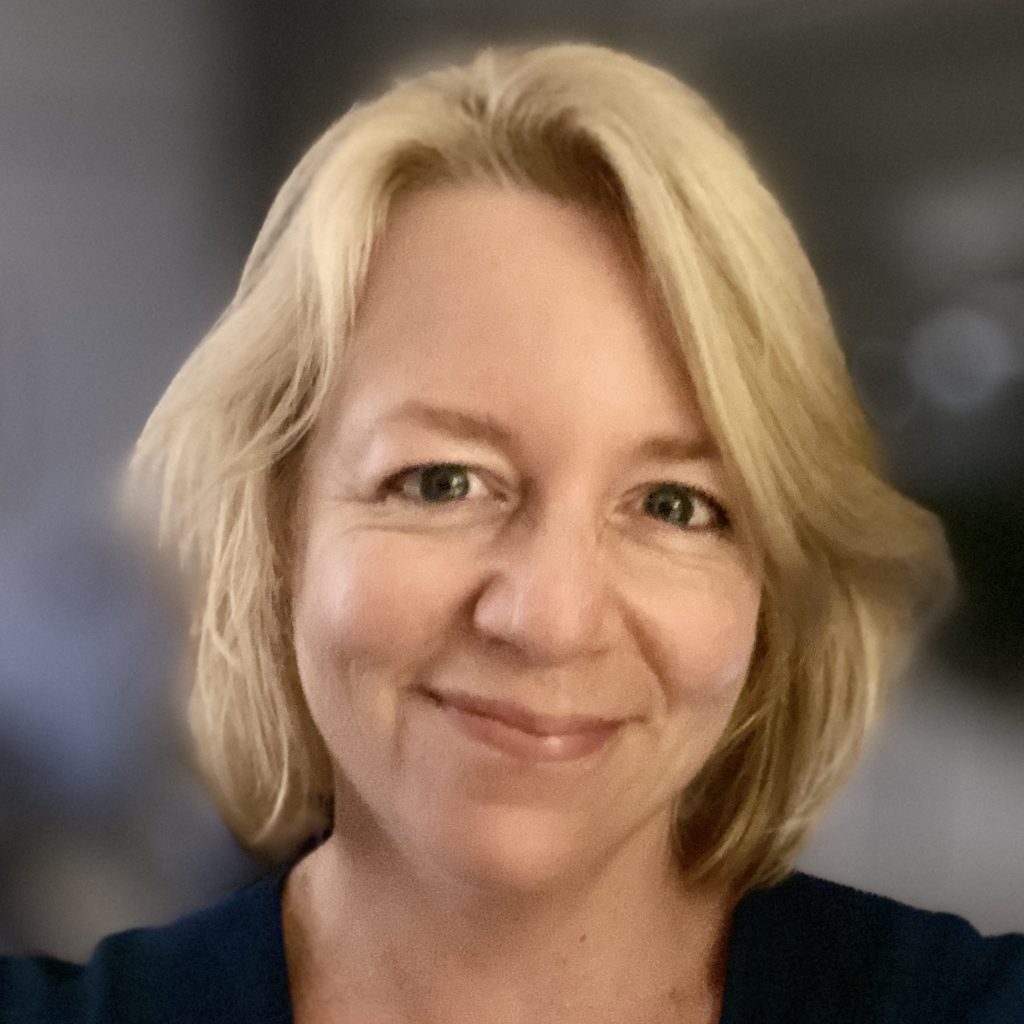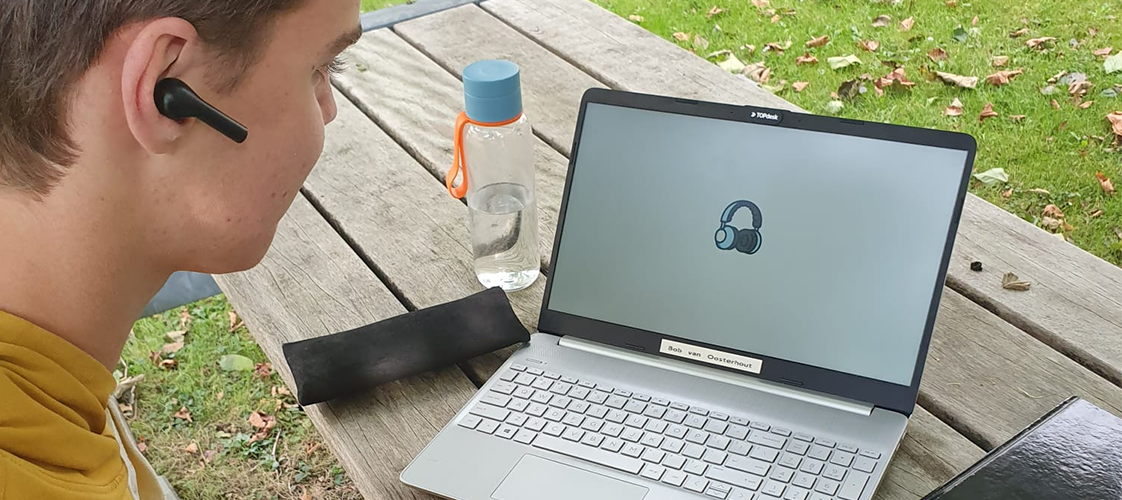Context and motivation
In university education, making the most of our weekly (online, if we’re unlucky) classes with students proves to be a Herculean task. Not only do we want our students to master the course materials, but also to practice with a variety of transferrable skills, have meaningful discussions, and learn from each other. To achieve all this and to engage students as active members of the academic community, we need to look for new ways of teaching.

During last year’s sudden confinement to digital classrooms because of COVID-19, we struggled to effectively engage a group of over sixty Literary Studies students. Observing the limited interaction and lack of concentration of students, we decided to transform our traditional lectures into an educational podcast series. The results were so promising that we were determined to continue with this project, even when on campus classes returned, resulting in a second, improved series. We kindly received funding for this from the Leiden University Fund. Podcasts are now a permanent element in our teaching.
An integrated learning experience
In university teaching, one-directional knowledge transfer is no longer the norm: knowledge clips, flipping the classroom, digital learning environments and interactive tools have proven to be effective additions. Like a lecture, a podcast centers on a narrative, but its flexible format allows for creative interpretation and digital integration in educational methods.
One of our challenges was to find a balance between safeguarding academic weight and providing an activating and enjoyable learning experience for students. Rather than simply making a lecture in podcast format, we incorporated conventions from both academic teaching and podcasting. We adjusted the contents, methods, assignments and assessments of the course to create an integrated learning experience.

In preparation for each class, students read course materials, listened to the podcast, completed the short individual exercises in the podcast, and prepared a group assignment. The evaluations show that having students engage with the course materials through a variety of media and approaches increased their comprehension and engagement. It was striking how well most students were prepared for our class discussions, in comparison to previous cohorts.
Activating exercises to improve academic skills
From a questionnaire following our pilot we learned that, surprisingly, most students listened to the podcasts at their desks taking notes. We decided to use this desk-bound listening experience to our advantage: we created a supplementing video that shows complementary visual material (quotes, paintings or questions) and embedded the podcast in Leiden University’s digital learning environment Brightspace. This allowed us to integrate short activating exercises in the narrative of the podcasts.
Our podcasts are part of a first year course in Literary Studies. For many students, it is their first introduction to academic skills. During the podcasts, students were asked to pause a few times to answer different types of questions (e.g. “STOP AND ANALYSE”, “STOP AND REFLECT”). We used the tool FeedbackFruits to make this interactive: when the podcast paused, students typed their answer directly in a text field. The different exercises were introduced with different animations to make students aware of the particular skill they were practicing.
The questions helped students process, reflect on and practice with the material discussed and allowed them to check whether they had understood the material correctly. For us lecturers, reading the students’ responses in preparation for our class enabled us to tailor our instructions to the students’ needs.
Academic community and student creativity
To create a varied listening experience, we invited colleagues to share their opinions and expertise in interviews or debates. Students from previous cohorts also regularly featured in the podcasts. The idea was to give students the sense of an academic community of lecturers and students of which they themselves are part of.
As their final group assignment, we asked students to make their own podcasts. They were instructed to choose one of the novels discussed in the course and to integrate what they had learned, but also to add material based on their own research. The content of their podcast had to be academic, but the form needed to be directed at a broader audience and we stimulated creativity. Students could record their material in our studio.
We found that students enjoyed this creative assignment and that some turned out to be born podcasters. It is thrilling to see that students who might achieve average results on traditional methods such as papers, excel in alternative, more creative types of assessment. We find it important that students are allowed to experiment with twenty-first century ways of expressing academic expertise.
Conclusion
Activating educational podcasts have proved to be valuable (if time-consuming) additions to more traditional teaching methods. It provides students with an integrated learning experience that allows them to practice with different transferrable skills and that increases their motivation and enthusiasm. It allows lecturers to tailor their class discussions to their students’ needs. And it presents exciting opportunities for students and teachers to be creative.

Authors
Astrid Van Weyenberg, Assistant Professor, Leiden University Centre for the Arts in Society, The Netherlands

Nathalie Muffels, Student-assistent ExpertiseCentre Online Learning (ECOLe) & Centre for the Arts in Society, Leiden University, The Netherlands














